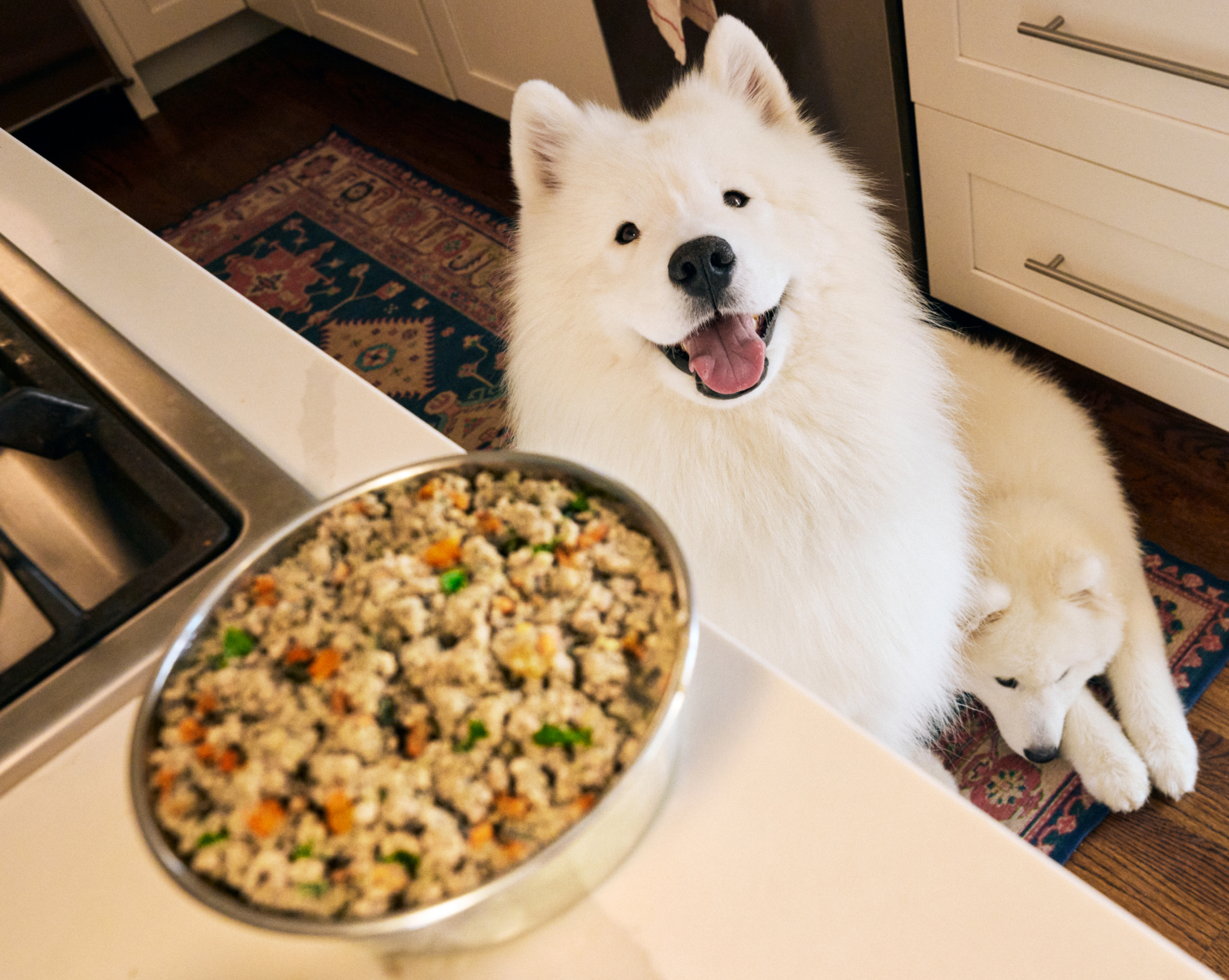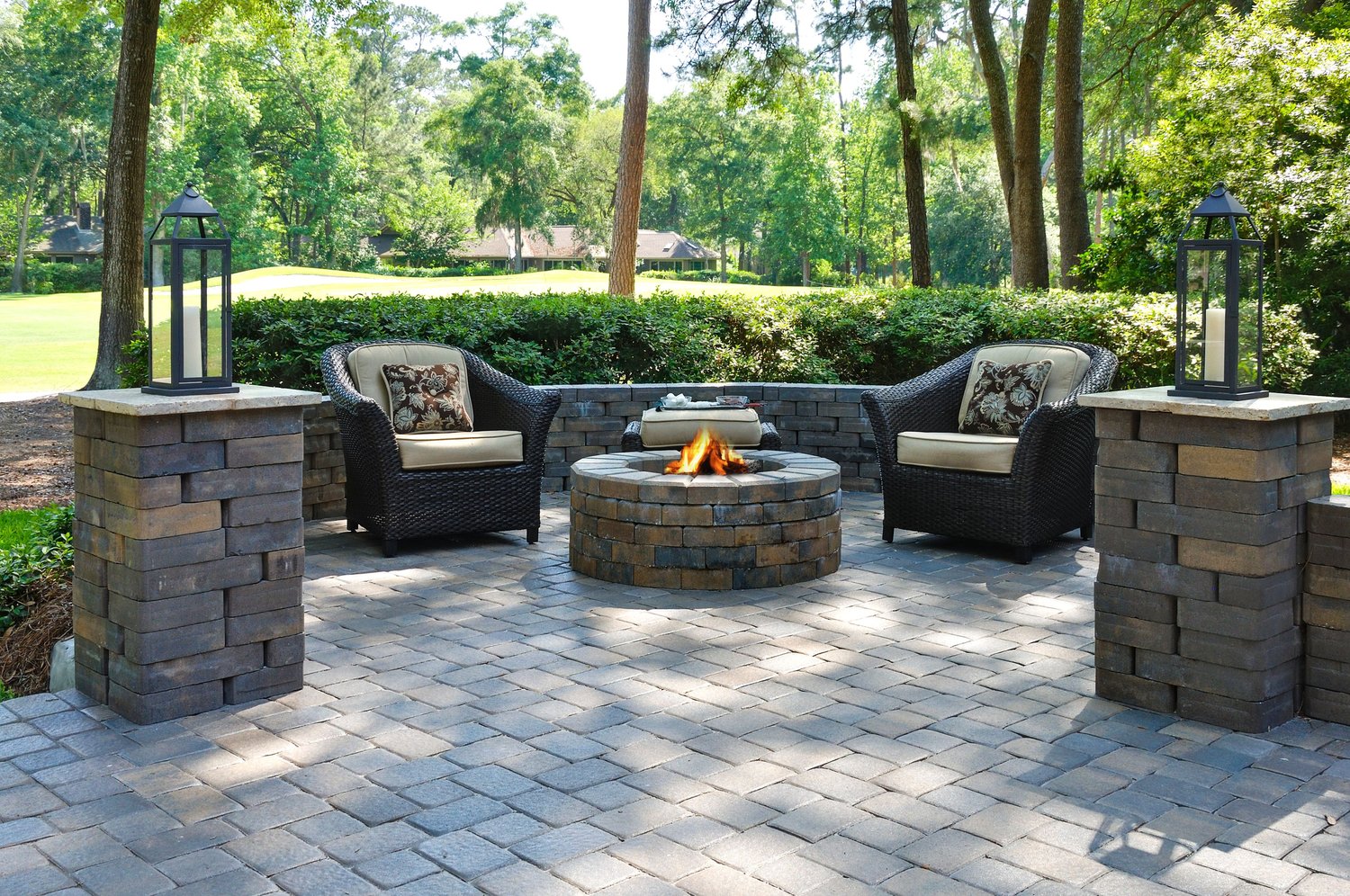Our beloved pets are family members deserving of thoughtful home design considerations that balance their needs with our aesthetic preferences. One of the most practical and visually appealing solutions for pet owners is incorporating built-in pet feeding stations into existing cabinetry and spaces. This article explores various custom and semi-custom options for seamlessly integrating food and water bowls into your kitchen or utility room, eliminating the eyesore of scattered dishes while creating dedicated spaces that keep your furry friends’ dining areas organized, clean, and stylish.
Why Choose Built-in Feeding Stations
Traditional pet dishes scattered across kitchen floors create several challenges: they’re trip hazards, collect dirt around the edges, and often get nudged out of place by enthusiastic eaters. A built-in pet feeding station addresses these issues while adding a touch of sophistication to your home. These integrated solutions keep food and water contained in a designated area, preventing spills from spreading across your floors. Many pet owners report that their pets appreciate the consistency of having a dedicated dining space, which can also help establish feeding routines. Beyond practical benefits, these installations demonstrate a thoughtful approach to pet-friendly kitchen design that acknowledges your pets’ importance in your household without sacrificing style.
Popular Location Options
When planning your built-in pet feeding station, location is a crucial consideration. Kitchens are naturally popular choices since they’re already food preparation zones, making it convenient to fill bowls during your own meal preparations. Consider transforming a lower cabinet into a feeding niche, utilizing the toe-kick space beneath cabinetry, or dedicating an island end to your pet’s needs. Utility rooms and mudrooms offer excellent alternatives, particularly for homes where pets enter after outdoor activities. These spaces allow for easy cleanup and keep pet-related items contained to one zone. Some homeowners even incorporate feeding stations into hallway built-ins or under staircase spaces, maximizing otherwise unused areas. According to design experts at AskHomey, the ideal location balances convenience with your daily household traffic patterns to avoid congestion during feeding times.
Custom Cabinet Solutions
For the most seamless integration, custom cabinetry designed specifically for pet feeding offers unparalleled results. These specialized cabinets can include pull-out feeding drawers that conceal bowls when not in use, saving space and maintaining clean aesthetics. Custom dog food storage solutions typically include airtight containers that preserve freshness while remaining accessible for daily use. Working with a cabinet maker allows you to match existing cabinetry perfectly in material, finish, and hardware for a cohesive look. Consider incorporating additional pet-friendly features such as integrated food scoops, measuring cups, or dedicated treat drawers. For multi-pet households, custom solutions can accommodate different heights for various sized animals, ensuring comfortable dining for every furry family member.
DIY and Semi-Custom Options
Not every pet-friendly kitchen design requires a complete custom build. Several semi-custom and DIY options deliver excellent results at more accessible price points. Converting existing cabinets by removing doors and adding bowl cutouts creates functional feeding stations with minimal effort. Pre-made feeding station inserts can be purchased to fit standard cabinet sizes, offering quick installation with professional-looking results. Another popular approach involves repurposing furniture pieces like side tables or nightstands with strategically placed cutouts for integrated cat bowls or dog dishes. Even simple platform feeders built from matching kitchen baseboard materials can create elevated feeding stations that reduce strain on larger dogs while maintaining design continuity. These adaptable solutions allow homeowners to achieve the functionality of built-in stations without extensive renovations.
Stylish Material and Design Considerations
The aesthetic appeal of your built-in pet feeding station should complement your home’s existing design language. For contemporary spaces, sleek stainless steel bowls recessed into quartz or solid surface countertops create a minimalist, easy-to-clean solution. Traditional homes might benefit from pottery bowls set into warm wood surfaces with classic cabinet detailing. Consider practical aspects like splash guards behind water bowls and washable, water-resistant finishes that stand up to inevitable spills. For homes with multiple pets, personalized name plaques or color-coding can add charm while serving the practical purpose of designating each pet’s dining space. The most successful designs incorporate materials that resist moisture, are easily sanitized, and maintain their appearance despite daily use.
Smart Storage Integration
The ideal built-in pet feeding station extends beyond just bowl placement to address comprehensive pet meal management. Consider incorporating custom dog food storage bins that hold bulk kibble while protecting it from moisture and pests. Slide-out drawers can house medications, supplements, and special treats, keeping them organized yet readily accessible. Some innovative designs include wall-mounted dispensers that release pre-measured portions at scheduled times, ideal for pets on strict feeding regimens. For wet food enthusiasts, refrigerated drawers or dedicated mini-fridges can preserve opened cans. Remember to include space for cleaning supplies like small hand vacuums or specialty pet-safe surface cleaners to maintain the feeding area’s cleanliness without trekking across the house for supplies.
For more tips and to connect with reliable home service professionals, follow AskHomey on Facebook and Instagram.



